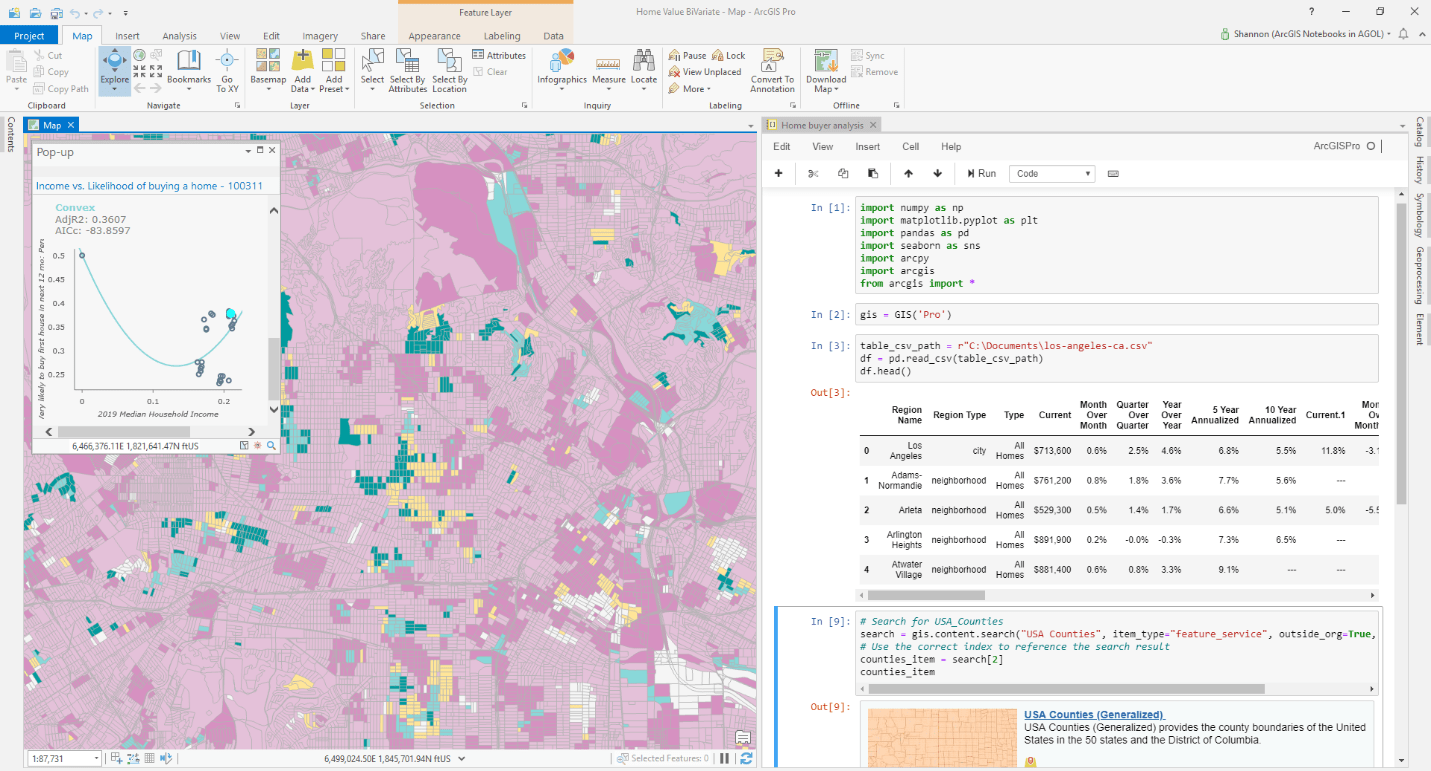

As part of installing JupyterHub and a spawner, you have probably already created this file so the below settings just need to be added. This file is then read when JupyterHub starts, specifying how it should function. To do this we create a jupyterhub_config.py file and copy this into the /srv/jupyterhub/ folder within our JupyterHub container. Therefore the first thing we needed to do was configure JupyterHub to recognise our service as an admin. For this reason, access to certain functions within the JupyterHub API is restricted to administrators only. Note that all requests go through the JupyterHub proxy, and therefore all our requests are sent to localhost:8000 irrespective of their final destination.Īccessing an API like this is extremely powerful, we can create and delete users, access tokens and even start Jupyter notebook servers. Both JupyterHub and the Jupyter notebook servers provide a web API, so depending on the URL and HTTP request method we can programmatically interact with them from within our service. Overview of the interactions between our app and Jupyter when starting a notebook.įor our application to interact with JupyterHub we needed to use the API. Although the steps below should be generic enough for any JupyterHub installation, please bear in mind that some details could differ. This setup meant that Jupyterhub was accessible locally on port 8000 ( and should scale well up to ~100 concurrent users. In our case we ran JupyterHub within a docker container, and used DockerSpawner, which, as the name suggests, spawns Jupyter servers within their own docker container. There are multiple different ways to launch JupyterHub from running it locally to within a Kubernetes cluster. Although this isn’t a tutorial and we don’t show all the written code, this should provide enough information for other developers looking to embed Jupyter.

In this blog post I’ll walk through the individual steps we took to embed Jupyter within our application. Our goal was therefore to embed a Jupyter notebook within our application in a way that would scale with our user base, provide a secure method of analysing internal data and wouldn’t conflict with our other analysis functions. Both Jupyter and JupyterHub are completely configurable, allowing you to use your own authentication, choose how notebooks are spawned and define the environment within those notebooks. This runs another web server, which allows users to login and will spawn a Jupyter notebook server per user.

For those who wish to provide Jupyter notebooks as a service, for example within a classroom or department, there is JupyterHub. Most users will typically run Jupyter locally, which will start a local web server allowing users to view, edit and manage files within their browser.
VIEW JUPYTER NOTEBOOK ONLINE CODE
Jupyter notebooks integrate code and markdown text into a single document, allowing users to analyze and interpret their results all in one place. Instead of rewriting the wheel, it seemed more prudent to look at ways of integrating existing notebooks within our application, the most common of which is Jupyter. We’ve therefore created our own functionality to plot metrics, and to create tables of summarized data but for more advanced analysis we’d like to provide a notebook-style way of working.
VIEW JUPYTER NOTEBOOK ONLINE DOWNLOAD
Users will not be able to download data to their local machine. As much of this data is highly restricted, all analysis must occur within our platform.

We at Wellcome Trust Data Labs have recently started building a new service for sharing data between funders. Note: this blog has previously been published on Medium


 0 kommentar(er)
0 kommentar(er)
